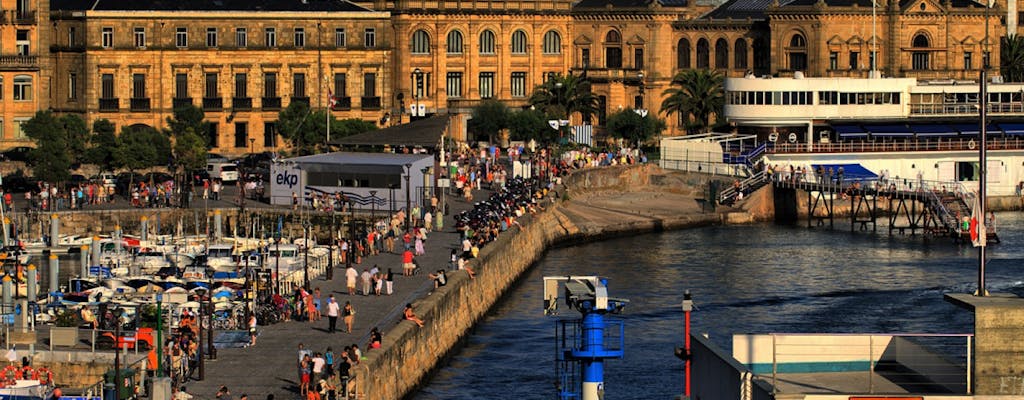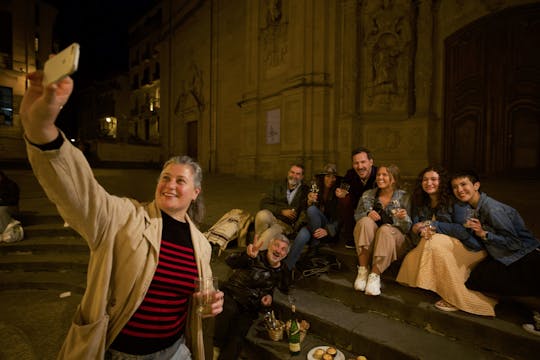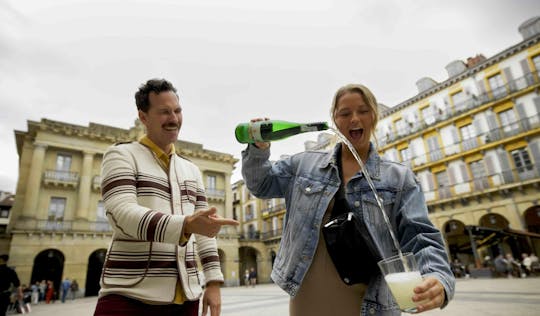Where to go
Spain
Things to do in San Sebastián
San Sebastián (“Donostia” in Basque) is the administrative capital of Gipuzkoa, one of the three provinces that make up the Basque Country. The city is located in the northeast of the Iberian Peninsula, 30 kilometers from the border of France. In fact, the cross-border axis of San Sebastián-Bayona forms an important pole of social, economic, and touristic development in the southeast of the European Union.San Sebastián has 185,000 inhabitants. It is a tertiary, touristic, primarily commercial, and congressional city. In recent years, it has gained a position at the forefront of European cities that base their development on science, technology, and sustainable development and culture. Because of this, San Sebastián has been chosen as the European Capital of Culture of 2016.There is a small fishing and recreation port, with two-floor picturesque houses lined under the front-wall of the mount Urgull. Yet these houses are relatively new, resulting from the demilitarization of the hill, sold to the city council by the Ministry of War in 1924.













